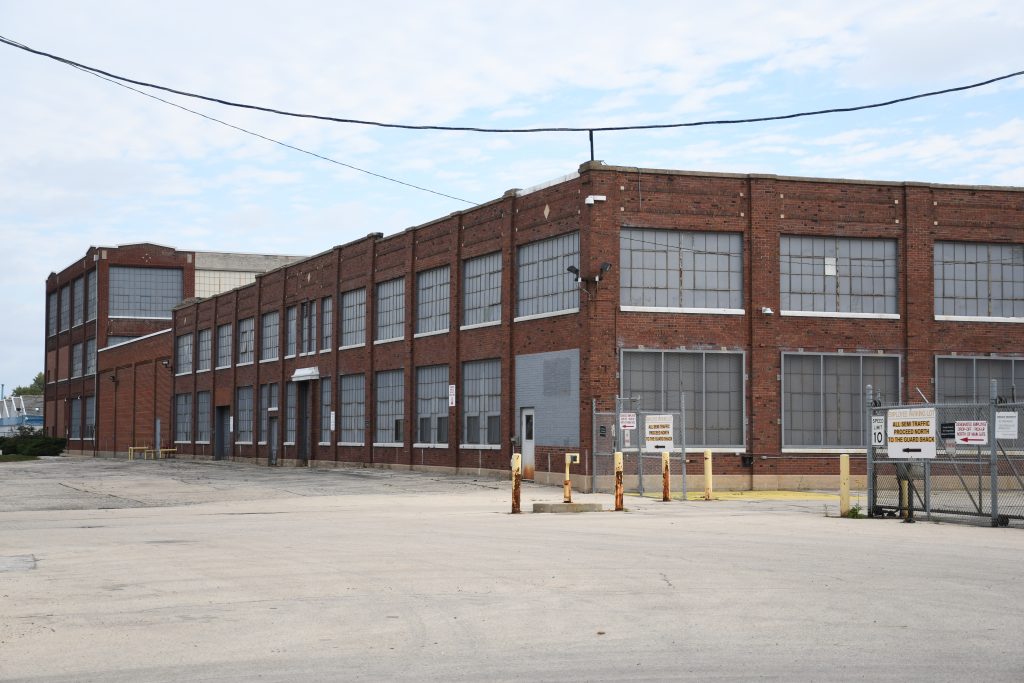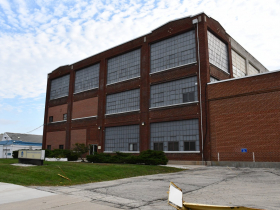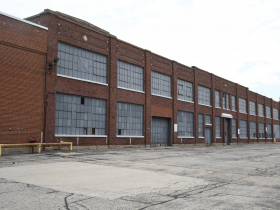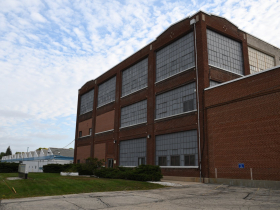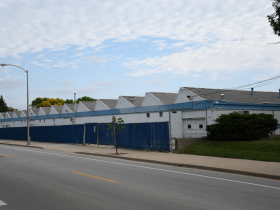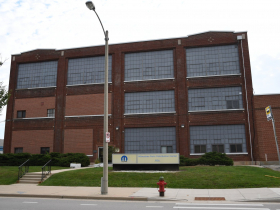Milwaukee Auto Plant To Close Following End of UAW Strike
Agreement lists Bay View distribution plant and its 100 local jobs as slated for elimination.
The United Auto Workers might have scored a win on the national level in reaching agreements in recent weeks with General Motors, Ford and Stellantis, but it’s poised to be a loss for Milwaukee.
Stellantis, best known in the United States for its Chrysler, Dodge and Jeep brands, would close its distribution facility at 3280 S. Clement Ave., and others nationwide as part of an agreement with the labor union.
Mopar, as the Milwaukee plant has long been branded, is the parts distribution arm of the company. The Mopar plant is the last automotive facility in the city.
The agreement calls for a “Mopar Mega Hub” in Belvidere, IL and the elimination of smaller distribution facilities in Milwaukee, Chicago and Marysville, MI.
The Milwaukee facility has approximately 100 UAW-represented employees and was on strike for more than a month. UAW workers have the opportunity to transfer plants in a closure.
Stellantis, in making a contract offer on Sept. 15, sought to close 10 Mopar facilities nationwide as part of a consolidation plan.
“We need to make investments into Mopar,” said Stellantis COO Mark Stewart during a media roundtable on Sept. 16 CNBC reported. “In a lot of cases, it … doesn’t make sense to make those investments in the location that they’re in.”
The tentative agreement grants large pay increases, and the ability for the company to close 19 facilities. According to the UAW, starting wages increase by 67% under the agreement and 25% overall.
“It wasn’t an easy choice or decision,” said UAW vice president Rich Boyer in a Thursday evening live stream video describing the contract. He said the consolidation plan would include a net increase in Mopar jobs and that some workers would receive a 76% raise.
“Everything we have won, we have won together,” said UAW President Shawn Fain
Boyer said the union also achieved a key goal: saving the Belvidere assembly plant. According to the agreement, an existing idled plant would be closed and a new electric vehicle plant would be opened.
The new Mopar “mega hub” would open in 2024 according to the agreement.
The Milwaukee plant sits just south of E. Oklahoma Avenue on a 43.5-acre site. Located in the Bay View neighborhood, the oldest part of the plant dates back to 1921 according to the Wisconsin Historical Society. The complex’s history is one of mergers and acquisitions.
It was originally a factory for Indiana-based Lafayette Motors. But the company was acquired by former GM president Charles Nash. Just a couple of years after starting production in Milwaukee, Nash consolidated Lafayette into his Kenosha-based Nash Motor Company and produced only Nash vehicles in Milwaukee. Nash ultimately merged with Kelvinator, an appliance manufacturer, and then Hudson Motor Car Company, after which point it took on the name American Motors Corporation. American was acquired by Chrysler in 1987 and, in more recent history, Chrysler merged with Italian automaker Fiat in 2014 and finally French automaker PSA Group in 2021 to form Stellantis
The plant, according to an industrial property survey by Mead & Hunt, had stopped manufacturing vehicles by 1937 and transitioned to a parts distribution facility.
As recently as 1987, newspaper reports indicate more than 200 people worked at the facility. Chrysler had targeted the plant for a 1990 closure after it acquired American, but those plans never came to fruition. It did close a parts production facility at 3880 N. Richards St.
The warehouse facilities on S. Clement Avenue are formed by a series of multi-story brick buildings connected by 1960s additions. Trucks, of which dozens can always be spotted outside the plant, can quickly access Interstate 794 at E. Oklahoma Ave. or Interstate 43/94 at W. Holt Avenue.
Should it actually close, the site could have substantial redevelopment potential. It is largely surrounded by single-family homes or duplexes in one of the city’s hottest home sale sub-markets. It could also be adaptively reused: the Mead & Hunt report from 2016 says it is potentially eligible for listing on the National Register of Historic Places which would make it eligible for historic preservation tax credits.
Photos
If you think stories like this are important, become a member of Urban Milwaukee and help support real, independent journalism. Plus you get some cool added benefits.


